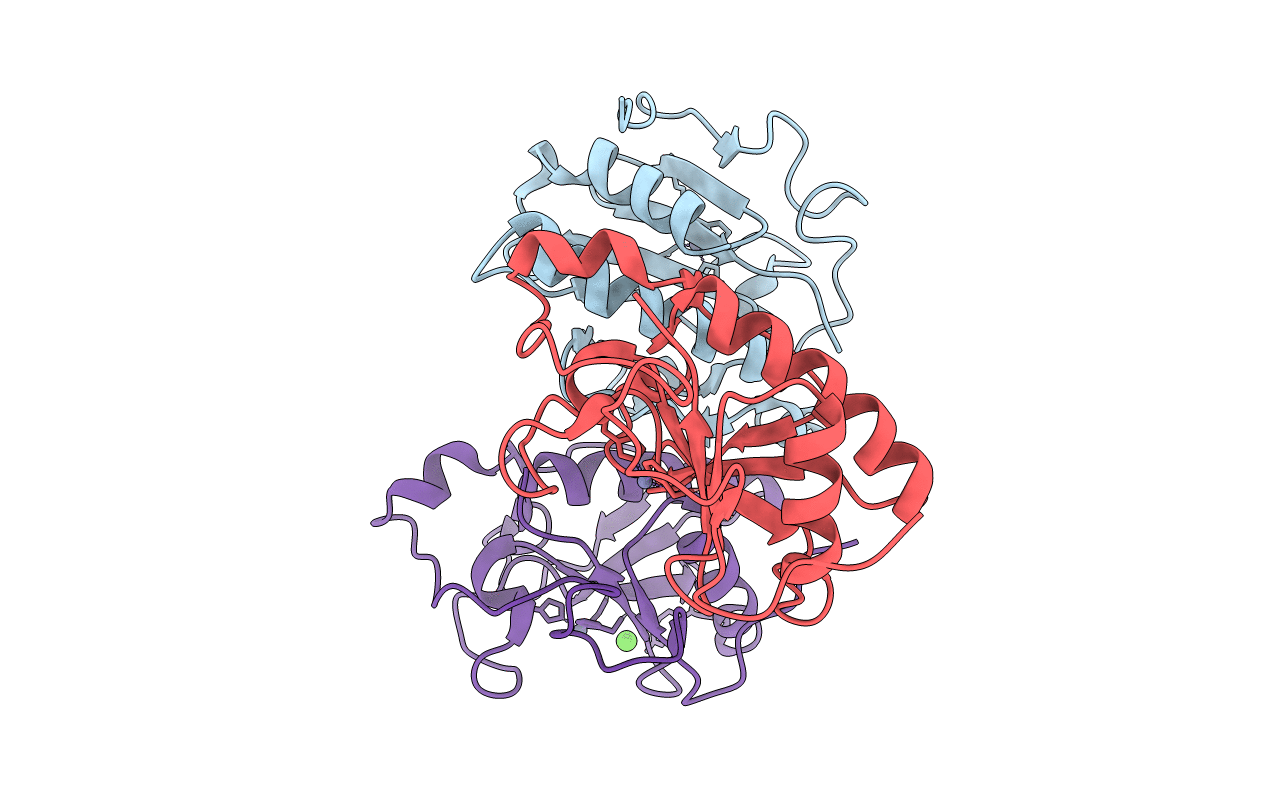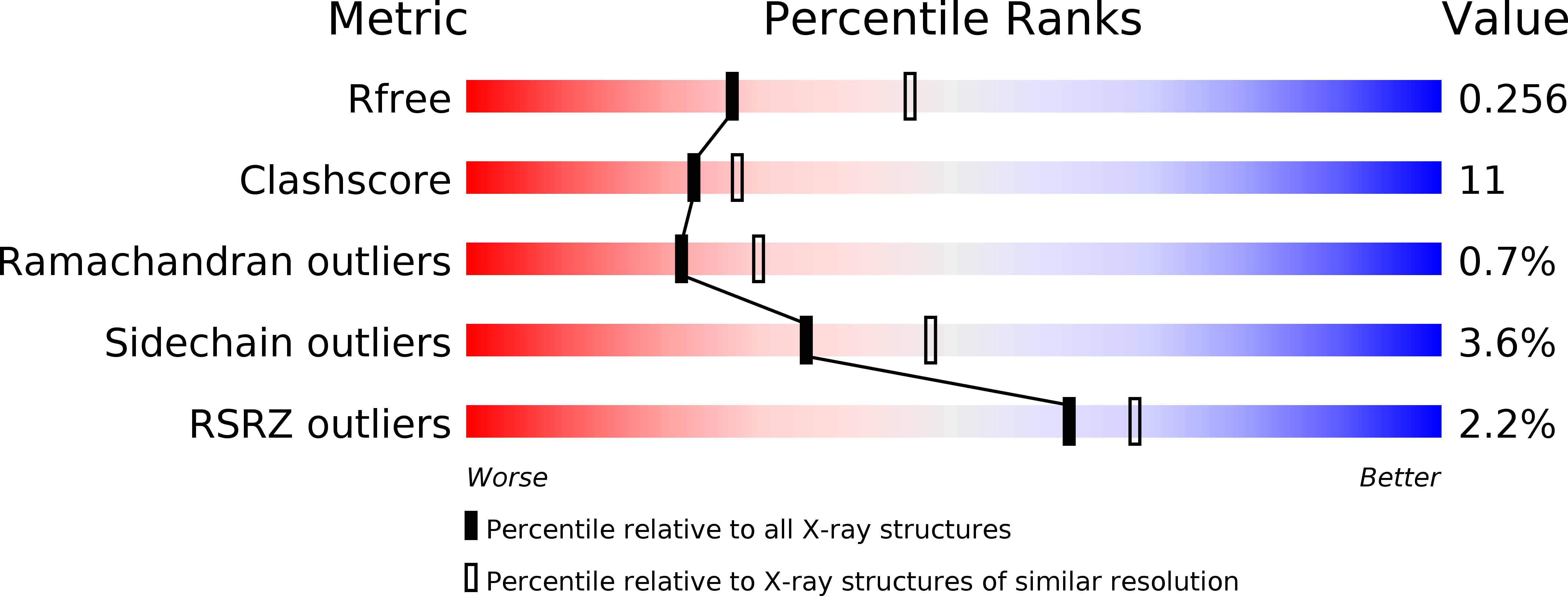
Deposition Date
2010-05-16
Release Date
2010-06-02
Last Version Date
2024-05-22
Method Details:
Experimental Method:
Resolution:
2.55 Å
R-Value Free:
0.26
R-Value Work:
0.19
R-Value Observed:
0.19
Space Group:
P 43 21 2


